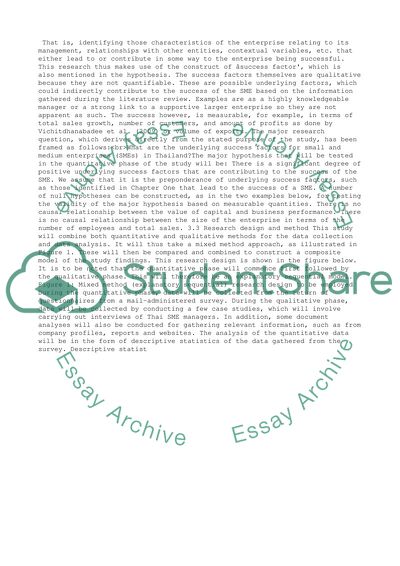Cite this document
(“An investigation into the current success factors for small and medium Essay”, n.d.)
Retrieved from https://studentshare.org/business/1405339-additional-chapter
Retrieved from https://studentshare.org/business/1405339-additional-chapter
(An Investigation into the Current Success Factors for Small and Medium Essay)
https://studentshare.org/business/1405339-additional-chapter.
https://studentshare.org/business/1405339-additional-chapter.
“An Investigation into the Current Success Factors for Small and Medium Essay”, n.d. https://studentshare.org/business/1405339-additional-chapter.


